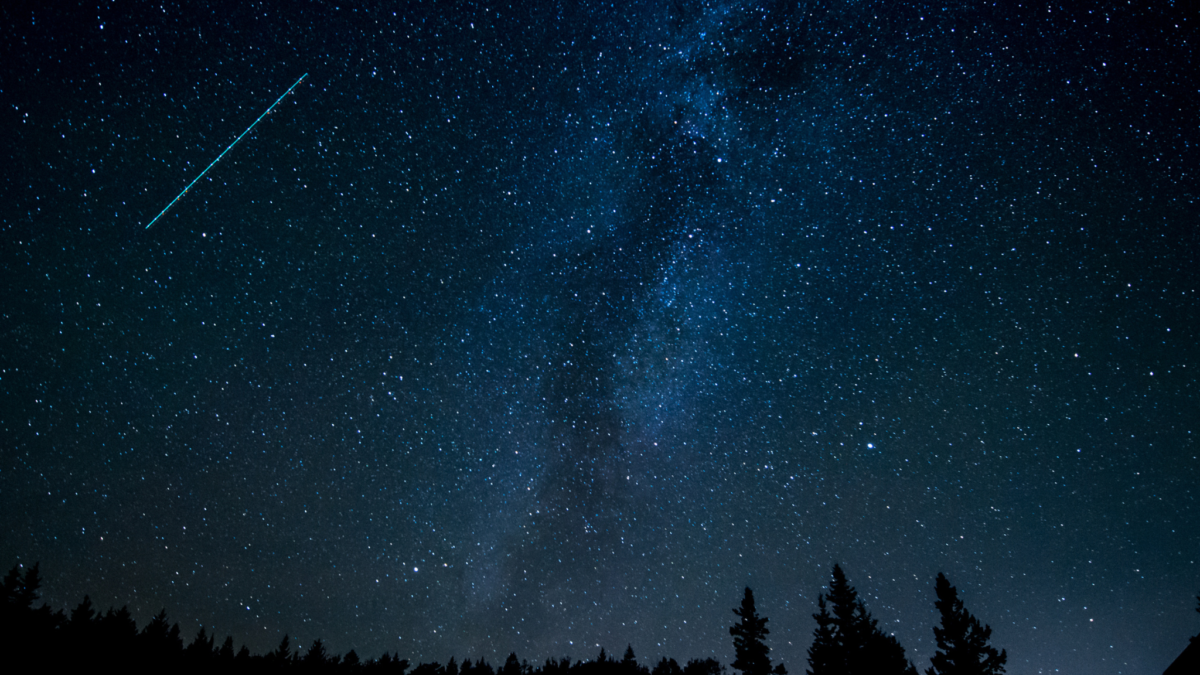The Orionid meteor shower is one of the most dazzling displays of “shooting stars” visible to us, seen past midnight even through naked eyes; these meteors put on a spectacular show at about 15 to 20 per hour. Though the display peaked last night, if you can catch a glimpse of the sky past midnight, especially at the early hours before dawn, you should be able to catch a peek at these “falling stars”.
The Orionid Meteor Shower
The annual Orionid meteor shower, known for its quick streaks across the sky, is expected to peak this weekend at around 15 – 20 meteors visible per hour, and provide stunning visual displays. These meteors, traveling at an incredible speed of 66 kilometers (41 miles) per second, are likely to leave behind dazzling long-lasting trails, making for a breathtaking sight for those willing to stay up to view and fortunate to have a view of it.

Image credit: Getty Images
Consisting of fragments left behind by the famous Halley’s Comet, the Orionid shower typically is visible during the third week of october. As the comet’s orbit intersects with Earth’s at two different points, it gives rise to two annual meteor showers, the Orionids being one of them, and Eta Aquarids being the other. While not as prominent as the December Geminids or the August Perseids, the Orionids have their own charm and allure, lighting up the night sky with their beautiful trails.
Best time to Watch Orionids
Orionids are visible in October from the 16th to 26th this year, peaking before dawn on the 22nd October. The very last meteors of Orionid appear sometime during the early to middle weeks of November. According to information from an Astronomical League, Orionids are characterized by how quickly they move, “At 66 kilometers (41 miles) per second, they appear as fast streaks, faster by a hair than their sisters, the Eta Aquarids of May.”
Visual Astronomy observation enthusiasts describe that the best viewing opportunities of the meteor shower are mostly in the hours before dawn, around 1 or 2 a.m. up until the first few rays of sunrise, at approximately 5:45 a.m. This year as the moon is in its first quarter phase, and will set before the prime viewing hours, the meteor shower should have better visibility in the darker moonless skies, that might otherwise have been lit up by the moon, dulling the view of these fainter streaks in the sky.
Light Pollution hazing up the view
An unfortunate consequence of urbanization is the pollution that is subjected to the surroundings, and the skies are not free from this pollution and suffer just as much as the other elements. Light pollution prevents night skies from being their usual bedazzled stunning displays to us city-dwellers and this meteor shower also might not be visible against the barely-black light polluted hazy backdrop of urban night skies.
Though the current advice for astronomy enthusiasts, visual observers and astrophotographers alike is to seek out rural areas or areas outside of the city with lesser light pollution and better visibility of the night sky, there could be an improvement in the way cities treat their night lights.
Having smarter motion detected lights, to having covered downward directed lights could just make our cities smart enough to not have hazy orange to blue skies instead of the bedazzled black that they actually should be. Overly bright satellite constellations are also threatening our views, potentially threatening to light up our skies and forever changing the view.
Preventing light pollution and having a less cluttered sky could also be something to add to the ever growing list of things we should do as a little effort towards caring for our planet just that little bit more.



